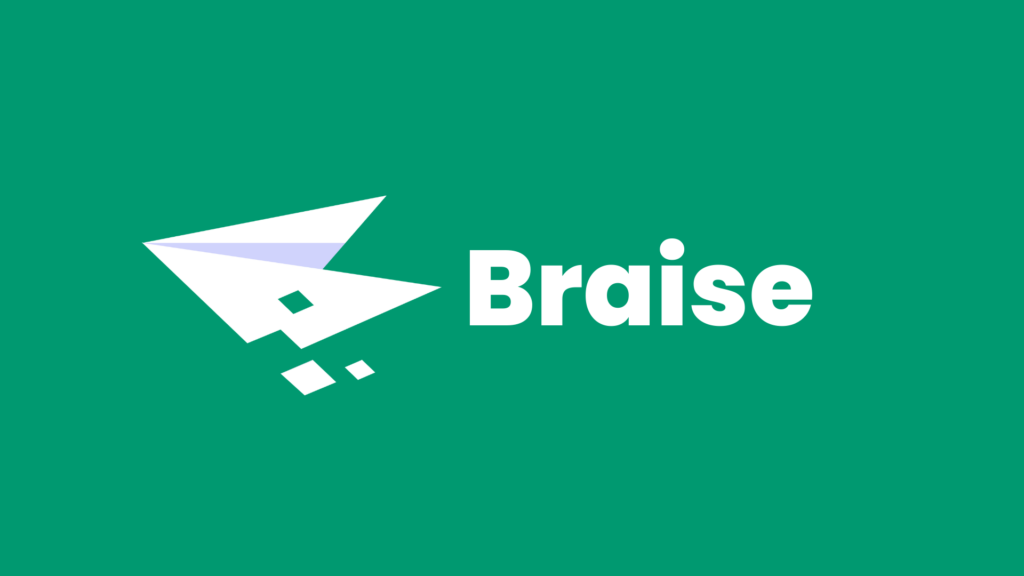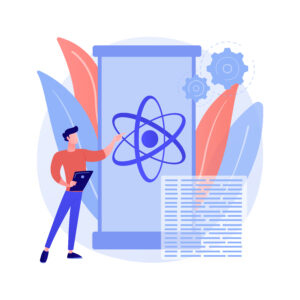In the ever-evolving landscape of mobile app development, striking a balance between user experience, performance, and development efficiency remains a continuous challenge for developers and businesses. As a solution to this ongoing dilemma, Flutter, a versatile and innovative framework developed by Google, has gained prominence for its ability to bridge the gap between native and hybrid app development. In this article, we delve into the world of Flutter and explore how it empowers developers to create hybrid apps that deliver native-like experiences without compromising performance. Let’s embark on this journey of discovery.
Understanding the Hybrid Approach
Before we delve into the specifics of Flutter, it’s crucial to comprehend the fundamental concept of hybrid app development. Hybrid apps are a unique breed that marries the best of both native and web technologies. Unlike native apps, which are tailored specifically for a single platform using platform-specific languages (Swift for iOS and Kotlin for Android), or purely web-based apps, hybrid apps strike a balance by utilizing web technologies like HTML, CSS, and JavaScript within a native container.
Hybrid apps are known for their cross-platform capabilities, which enable them to function seamlessly on multiple operating systems, including iOS and Android. This is achieved by wrapping the web-based components in a native shell, allowing the app to access native device features such as the camera, GPS, and accelerometer. The result is a versatile app that can run across different platforms with a single codebase.
The Rise of Flutter: A Game-Changer
Flutter, developed by Google, is positioned at the forefront of the hybrid app development revolution. Elevating hybrid app development unifies the user experience of native apps with the efficiency of hybrid development.
One of the standout features of Flutter is its use of the Dart programming language. Dart, while not as widely known as some other programming languages, brings a unique set of capabilities to the table. It is specifically designed for building robust, high-performance applications. Dart’s just-in-time (JIT) compilation and ahead-of-time (AOT) compilation modes optimize code execution, resulting in rapid startup times and excellent app performance.
Comparing Flutter with Traditional Hybrid Development
To appreciate the prowess of Flutter, it’s essential to make a comparison with traditional hybrid app development frameworks, such as Apache Cordova or Ionic. While these frameworks use web technologies for UI development, they rely on a WebView component to render the user interface. This introduces an additional layer, potentially leading to performance bottlenecks and inconsistencies across platforms.
In contrast, Flutter takes a different approach. It sidesteps the WebView component and employs a rich set of pre-designed widgets that look and behave like native components. It ensures consistency in UI and eliminates performance issues linked to WebView-based solutions for a better experience. Flutter’s widgets are highly customizable, allowing developers to tailor the app’s appearance to their specific needs.
Widgets and Customization
Flutter’s core strength lies in its widget-based architecture. In Flutter, every element, from rows and columns to buttons and input fields, is a widget. This widget-based approach provides a high degree of flexibility and reusability. Developers can mix and match widgets to create complex and beautiful user interfaces.
Furthermore, Flutter boasts an extensive library of pre-made widgets that developers can adapt to match their branding.
Single Codebase, Multiple Platforms
Flutter’s key benefit lies in using a single codebase for both Android and iOS, saving time and costs.
Flutter’s “write once, run anywhere” approach ensures consistency in functionality and design across platforms. When you update your app, those changes simultaneously apply to Android and iOS versions. This level of consistency is precious for maintaining brand identity and user satisfaction.
Smooth and Responsive UI
Flutter’s architecture and performance optimization provide a seamless and responsive user interface. With Flutter, animations are not just smooth; they’re delightful. This ensures that your app provides an engaging and enjoyable user experience, a crucial factor in user retention and app success.
Flutter’s hot reload feature is another game-changer. It allows developers to instantly view the effects of code changes, making the development process remarkably efficient. The ability to iterate and fine-tune your app’s UI rapidly is a tremendous advantage in the fast-paced world of app development.
Access to Native Features
While Flutter excels at creating consistent and visually appealing UIs, it doesn’t stop there. Flutter plugins provide access to many native device features and capabilities. Whether you need to use the device’s camera, access GPS data, or tap into platform-specific functionalities, there’s likely a Flutter plugin that can help.
Example Use Cases of Flutter
To illustrate the power and versatility of Flutter, let’s explore a few real-world use cases:
- E-commerce Applications: Flutter is an excellent choice for e-commerce apps that need to offer a seamless shopping experience to users on both iOS and Android. Customizable widgets, smooth animations, and access to device features make it ideal for this industry.
- Travel and Hospitality Apps: Flutter’s rapid development capabilities are well-suited for the travel and hospitality sector. Create feature-rich apps that provide booking services, location-based recommendations, and interactive itineraries.
- Financial and Banking Apps: Security and reliability are paramount in the finance industry. Flutter’s performance and customization options make it a solid choice for developing secure, responsive, and visually appealing banking and financial apps.
Conclusion: Harnessing the Power of Flutter
In the dynamic world of mobile app development, staying ahead of the curve is essential for businesses and developers. Flutter, with its innovative approach to hybrid app development, offers a compelling solution. It brings together the best of both worlds: the aesthetics and functionality of native apps with the efficiency and cost-effectiveness of hybrid development. The ability to create a single codebase that runs seamlessly on multiple platforms, coupled with a rich set of customizable widgets and a responsive UI, makes Flutter a game-changer in the industry. As the demand for cross-platform, high-performance mobile apps continues to rise, embracing Flutter is a strategic choice for businesses and developers seeking to deliver cutting-edge mobile experiences.
So, whether you’re building an e-commerce platform, a travel app, or a financial application, Flutter empowers you to create powerful, feature-rich apps that meet the expectations of today’s demanding users. With Flutter, the future of mobile app development is looking brighter than ever.








